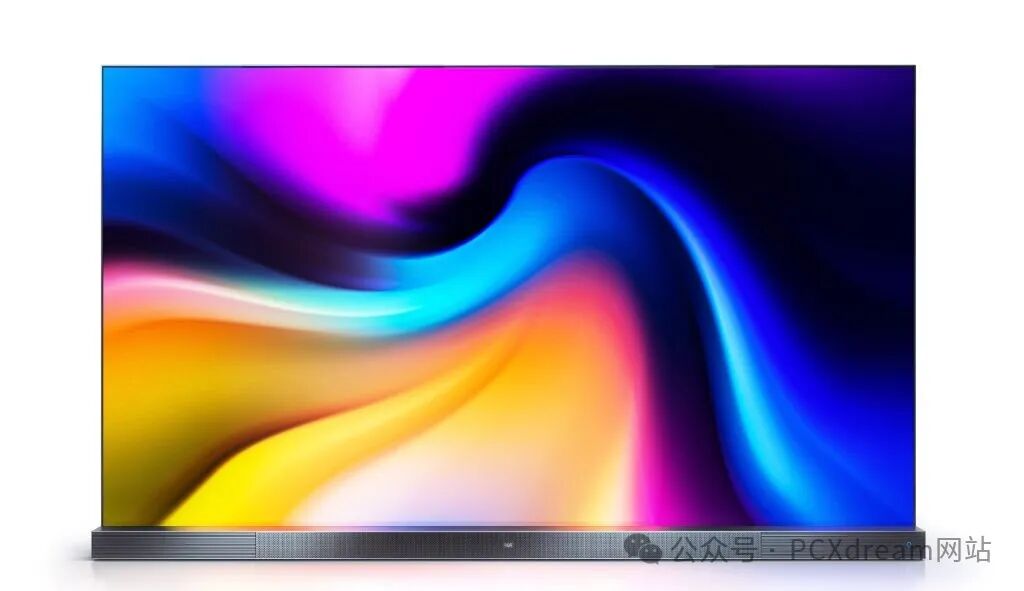Just as South Korea defeated Japan in LCD panel production over 20 years ago, China has now surpassed South Korea in the LCD field, and a similar situation may arise with OLED.
According to the South Korean newspaper Chosun Biz, this warning was directed at the Korean Display Industry Association.
Lee Chang, president of Samsung Display, stated:
Chinese companies are narrowing the technological gap, which is concerning, but there is still a clear difference in advanced technological capabilities.
From Japan to South Korea to China
Over 20 years ago, LG Display and Samsung Display pushed Japanese manufacturers like Sony, Sharp, and Panasonic out of the LCD panel production field.
Today, Samsung Display no longer produces any LCD panels, and LG Display is expected to end its LCD panel business later this month. As a result, LG Electronics and Samsung Electronics are forced to primarily source LCD panels from Chinese manufacturers.
Currently, LCD panels are mainly produced in China by companies such as TCL Huaxing Optoelectronics and BOE Technology Group.

BOE Technology Group has launched a 95-inch 8K OLED prototype, source: BOE Technology Group
First LCD, then OLED?
LG Display and Samsung Display have shifted their focus to OLED, but the president of Samsung Display warns that China may extend its production expertise to OLED, which could lead to the decline of the Korean display industry.
Lee Chang, president of Samsung Display, stated:
Many are concerned that China’s aggressive pursuit of the organic light-emitting diode (OLED) market may lead to a repeat of the history of liquid crystal displays (LCD), which is a very concerning aspect; how to re-establish the technological gap is crucial.
Signs of this shift are already evident, as Trendforce reports that BOE is expected to surpass Samsung Display in smartphone OLED panel production by 2024. Meanwhile, BOE is investing $9 billion to build a new 8.6-generation OLED factory, while TCL Huaxing Optoelectronics has begun small-scale production of inkjet-printed RGB OLED, thanks to the increasing shift of tablets, laptops, and monitors to OLED.
Lee Chang stated:
With the expansion of artificial intelligence and other technologies on devices, the penetration rate of OLED in existing markets will not only accelerate but applications in foldable, rollable, transparent, mixed reality (XR), and mobility will lead to unprecedented changes in the industry.
Source:Chosun Ilbo